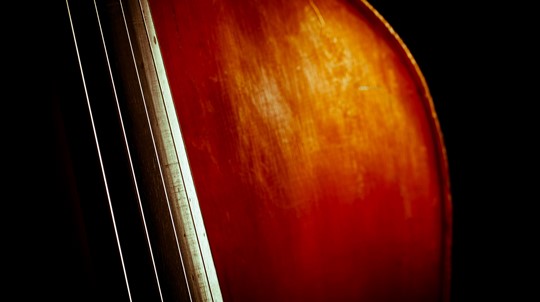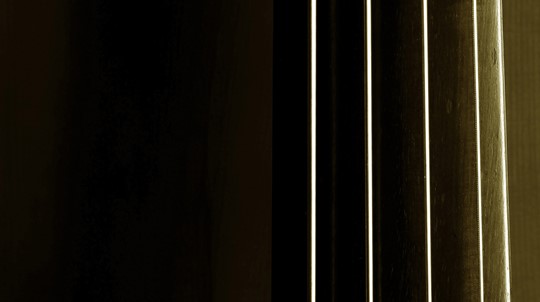About jazz mastery
It is designed with the intermediate to advanced double bassist in mind. Through the years I have worked with many great classical players in different orchestras, as well as all the up and coming Jazz students I have taught, either privately or at Leeds Conservatoire. Many of these already advanced players were very interested in developing the jazz side of their playing, learning about chord changes, tackling basslines, getting creative with melodic and rhythmic phrases. This course is intended for these players. The musical world of jazz, much like classical music, has so much to offer, it is a well known fact among professional musicians. Learning/developing the rhythmic, harmonic and melodic aspects of it is tremendously helpful in becoming a well rounded musician, not to mention, to be able to engage in many other styles of music.
By lending your already developed technique to studying this rich style, you'll experience music from new angles, which in return will enhance your original vision. It is with that in mind, that I have designed this course. Stripped down it's content to some of the most important, but advanced, rhythmic, harmonic and melodic elements. Going through it will shed light on a core knowledge of jazz, which you'll be able to improve upon with ease after having learned the material herein.
It is my pleasure to be able to present and welcome you to "Jazz Mastery", our first advanced look into the realm of jazz double bass.
Warmest regards,
Zoltan
Ps.:
Feel free to click on the picture link at the bottom of this page and browse the free preview lessons, for a better sense of this programme.
What you will learn from this course
Sound
This first chapter is dedicated to developing a great warm and punchy pizzicato sound.
Rhythm
Here i take you through many variations of accenting the most important subdivisions, eighth notes, triplets and sixteenth notes. You'll find ample advice and related exercises to work on, to develop and solidify your rhythmic understanding and phrasing. This chapter has strong ties with the previous tutorial on sound production.
Harmony
This chapter is a study in itself. We start out with a review on modal harmony, taking very important seventh chords into account. Then we use these chords to build a substantial selection of varied basslines, over the often used II-V-I progression, in 12 keys. All the examples are using chord tones exclusively, to give you a great sense of harmony, and ways to connect them. Once you have studied it all, you'll have a thorough understanding of how to put these lines together. There are sheet music and playalongs to help you work on them and putting them into practice.
Melody
This section includes an original Blues melody and several solo choruses with extensive explanations, to help you dissect and understand the make up of jazz-bebop style melodies, from chord tones to chromatic ornamentation and rhythmic variations.
Course results
- You'll be able to develop a great sound and right hand technique.
- Your sense of rhythm will hugely improve by learning the included extensive rhythmic phrasing exercises.
- You will be able to play basslines over many Jazz standards, 2-5-1 progressions in every key, and the Blues.
- Solo over the Blues, which will greatly help your soloing over other chord progressions.
- You'll be able to create Jazz-bebop style melodies/melodic phrases
What is included in jazz mastery
- 28 step by step, comprehensive lessons
- 20+ detailed and downloadable music sheets, solo transcriptions
- playalongs to practice, with first call session drummer Mike Smith
- Intermediate to advanced level
- Lifetime access
- Outstanding value for quality and quantity of content, approx 10+hours of private lessons worth of information
- Personal contact with a complimentery Bass booster video exchange lesson


